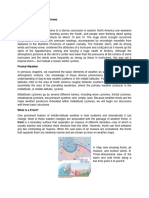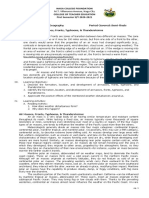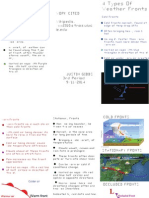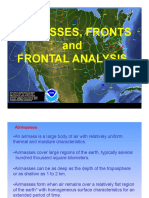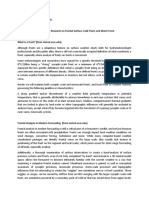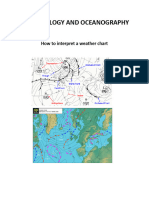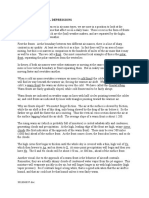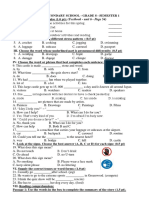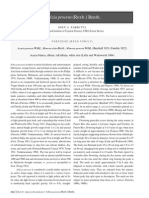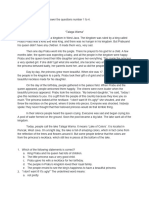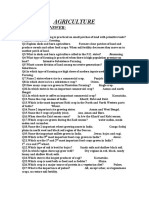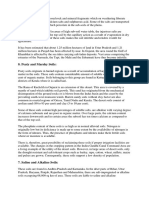Assignment Title:
Frontal Analysis Activity: “Map the
Front!”
Taguig City University
College of Education
Submitted by: John Lester A. Jabagat
BSE-SCIENCE A2023
�COMPREHENSIVE WEATHER ANALYSIS ( USA )
Describing the Weather at Each Front:
1. Cold Fronts (blue lines with triangles)
Example Area: Texas, Oklahoma, and Kansas
Weather: Cold fronts usually bring rain, thunderstorms, and a sudden drop in
temperature.
Precipitation: Likely rain and some storms along and ahead of the front, especially
near Dallas and Kansas City.
Drop in temperature: Yes, cooler air is moving in behind the front.
2. Warm Fronts (red lines with semicircles)
Example Area: Stretching from Dallas eastward into the southeastern U.S.
Weather: Warm fronts often bring steady rain, drizzle, and milder temperatures.
Precipitation & Temperature: Likely overcast skies with light to moderate rain,
possibly warming temperatures ahead of the front (toward Atlanta, Miami).
3. Occluded Fronts (purple line with both semicircles and triangles)
Example Area: Near Great Falls and Salt Lake City
Weather: Occluded fronts typically mean complicated, mixed weather—rain, snow,
sleet, or thunderstorms depending on the temperature.
Precipitation & Temperature: Looks like a mix of rain and snow, especially across
the mountainous areas (Idaho, Montana, Utah). Cooler air is dominant.
4. Stationary Fronts (alternating blue and red lines)
Example Area: Around New Mexico and Texas
Weather: Stationary fronts can cause prolonged cloudy, wet weather without much
movement.
Precipitation & Temperature: Overcast skies, possible rain showers, with little
temperature change.
�Predictions for the Next 24 Hours:
1. Midwest (Minneapolis, Kansas City):
Cooler air will spread southeast. Showers and possible thunderstorms ahead of the
cold front, clearing behind it with cooler, drier air.
2. Southeast (Atlanta, Miami):
Rain showers and mild temperatures ahead of the warm front, with possible clearing if
the warm front moves north.
3. West Coast (San Francisco, Seattle):
Heavy rain and mountain snow expected, particularly because of the incoming
moisture along the occluded front.
4. Great Plains (Denver, Albuquerque):
Rain changing to snow as the cold air deepens, possibly some snow accumulation.
5. Northeast (Boston, Washington D.C.):
Still dry for now, but clouds may increase as the fronts move eastward. Rain is likely in
about a day or two.













